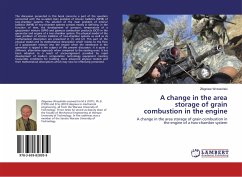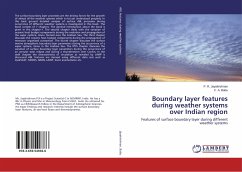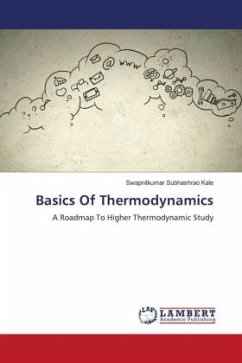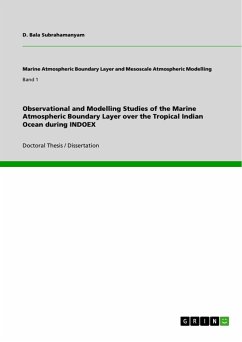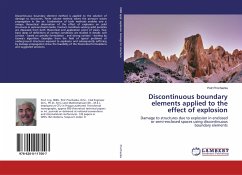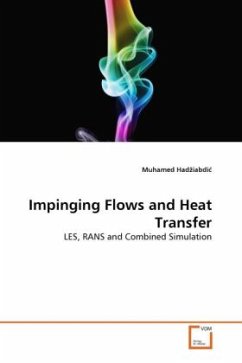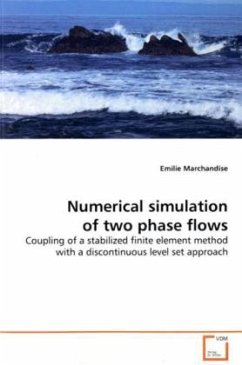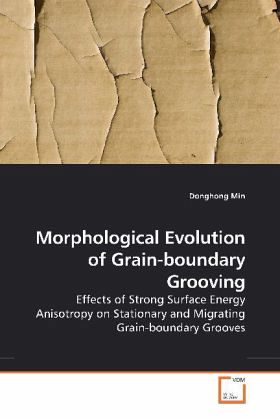
Morphological Evolution of Grain-boundary Grooving
Effects of Strong Surface Energy Anisotropy on Stationary and Migrating Grain-boundary Grooves
Versandkostenfrei!
Versandfertig in 6-10 Tagen
32,99 €
inkl. MwSt.

PAYBACK Punkte
16 °P sammeln!
Grain-boundary migration controls grain growth and is important in materials processing and synthesis. When a grain boundary ends at a free surface, a groove will develop at the tip to reduce the combined surface and grain-boundary energies. The tilting effect is included into the "quarter-loop" and Sun-Bauer methods of measuring grain-boundary mobility and better agreement with the measured grain-boundary profiles is obtained. A newly developed delta-function facet model is used to prescribe the surface energy. Though most bicrystals show faceted grooves, a few anisotropic bicrystals can form...
Grain-boundary migration controls grain growth and is important in materials processing and synthesis. When a grain boundary ends at a free surface, a groove will develop at the tip to reduce the combined surface and grain-boundary energies. The tilting effect is included into the "quarter-loop" and Sun-Bauer methods of measuring grain-boundary mobility and better agreement with the measured grain-boundary profiles is obtained. A newly developed delta-function facet model is used to prescribe the surface energy. Though most bicrystals show faceted grooves, a few anisotropic bicrystals can form smooth grooves. A migrating groove profile measured on a polycrystalline alumina surface can be well fitted by our model. When a vertical grain boundary that ends at a horizontal free surface, the anisotropic surface energy is asymmetric about the grain boundary. The author shows that the asymmetric groove grows with time t as t1/4. It is found that the asymmetric surface energy tilts the grain-boundary tip sideways, which induces migration of the grain boundary. This asymmetry induced migration is revealed for the first time.



